Table of Contents
Maize (Zea mays), more popularly known as corn, is one of the most produced cereal or feed grains in the United States (along with barley, oats, and sorghum). In fact, according to the Department of Agriculture, the U.S. is the largest global corn consumer, exporter, and producer.
States in heartland regions like Iowa and Illinois are the primary producers of corn. It is a staple culinary ingredient to many cuisines in the world. In Mexico, corn varieties are processed into a cornmeal or masa, which serves as an essential ingredient in atole, tortillas, and tamales. Boiled and grilled corn are some of the most popular options for corn.
Other corn products include bourbon whiskey, corn oil, corn starch, and corn syrup. Possible use of corn and its byproducts are many (you can compost it!) and the same thing goes for its varieties.
Before its global domination, corn began as a wild teosinte in Mexico about 7,000 to 10,000 years ago. Modern breeding and cultivation have paved the way for the growth of colorful corn varieties.
Common Corn Types
Before we take a walk through the cornfield of varieties, let’s take a look at heirloom and hybrid corn categories first.
Heirloom and Hybrid Corns
Abundance, Boone County White, Country Gentleman, Miniature Blue, Silvermine, and Stowell’s Evergreen are some of the most popular heirloom corn varieties. Free from cross-breeding for at least 40 to 50 years, heirloom corn is passed down from generation to generation, maintaining its flavor and other characteristics. These are true to seed as you can expect the same traits from the parent plant. Typically, these varieties stand the test of time through careful seed saving of various ethnic, familial, religious, or other social groups in a given geographic area.
However, heirloom corn varieties tend to have varying degrees of yield productivity, and are susceptible to disease and pest issues. According to the USDA, about 95% of planted corn is of hybrid varieties.
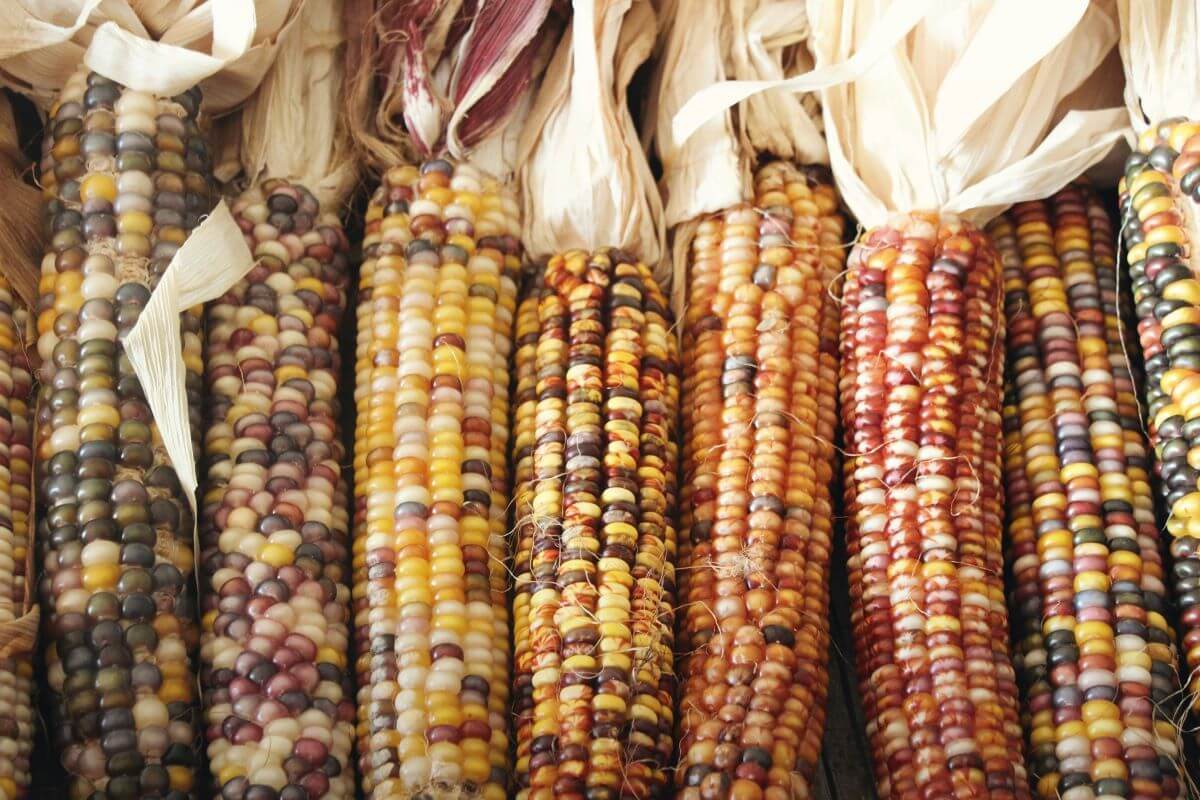
Better yield and strong resistance are among the improvements in this type — favorable developments for large-scale farming.
Agriculturists deliberately cross two corn varieties, resulting in a hybrid. Enhancement of corn color, flavor, resistance, texture, yield, and other traits is possible with hybrids. However, no permanent seed line is created. To produce more of the same hybrid seeds, both corn parent varieties should be crossbred again.
Other Popular Corn Groupings
Let’s look at more specific corn varieties, grouped by their unique traits.
Types of Corn Pod Colors
Corn comes in a variety of colors. In fact, there are bicolored and multicolored varieties.
| Corn Pod Colors | Common Examples (Where to Buy) |
|---|---|
| Blue/Purple Corn Pods | Dakota Black (Territorial Seed Company, Rare Seeds) Hooker’s Sweet Indian (Territorial Seed Company) Hopi Blue (Eden Brothers, Territorial Seed Company, True Leaf Market) Miniature Blue (True Leaf Market, Rare Seeds) Montana Lavender Clay (Rare Seeds) |
| Multicolored Corn Pods | Carousel (True Leaf Market) Glass Gem (Eden Brothers, Territorial Seed Company, True Leaf Market, Rare Seeds) Indian (True Leaf Market) Painted Mountain (True Leaf Market) Rainbow Jewel (True Leaf Market) |
| Red/Orange Corn Pods | Atomic Orange (Rare Seeds) Bloody Butcher (True Leaf Market, Rare Seeds) Hopi Purple (Rare Seeds) Neon Pink (True Leaf Market) Strawberry Popcorn (Eden Brothers, Rare Seeds) |
| Yellow Corn Pods | Abundance (True Leaf Market) Early Sunglow Hybrid (True Leaf Market) Golden Bantam 12 (Territorial Seed Company, True Leaf Market, Rare Seeds) Incredible (True Leaf Market) Robust Yellow Hulles Hybrid (True Leaf Market) |
Types of Corn Flavors
Corn’s versatile flavor works well in many recipes, and choosing the right variety will further elevate your meals.
| Corn Flavors | Common Examples (Where to Buy) |
|---|---|
| Buttery/Creamy Corn | Bilicious (Eden Brothers) Dakota Black (Territorial Seed Company) |
| Earthy/Nutty Corn | Glass Gem (Eden Brothers, Territorial Seed Company, True Leaf Market, Rare Seeds) Hopi Blue (Eden Brothers, Territorial Seed Company, True Leaf Market) Japanese Hulless (True Leaf Market) Silver Queen (Eden Brothers, Territorial Seed Company, True Leaf Market) Strawberry Popcorn (Eden Brothers, Rare Seeds) |
| Sweet Corn | Honey Select Hybrid (True Leaf Market) Peaches and Cream Hybrid (True Leaf Market) Sugar Buns (Territorial Seed Company) Supersweet Jubilee (Territorial Seed Company) Sweetness (Territorial Seed Company) |
Types of Corn Sweetness
The flavor of sweet corn can be categorized into four classifications. Typically, sweet corn type tastes sweeter compared to other types of corn. Standard sweet corn (su) gradually turns its sugar content to starch after picking. Sugary-enhanced (se or se+) and super-sweet (sh2) varieties have more sugar in them, converting to starch more slowly. On the one hand, synergistic sweet corn combines traits of se and sh2 varieties.
| Corn Sweetness | Common Examples (Where to Buy) |
|---|---|
| Synergistic (syn) | Honey Select Hybrid (True Leaf Market) Serendipity Hybrid (True Leaf Market) |
| Standard/Sugary (su) | Early Sunglow Hybrid (True Leaf Market) Golden Bantam 12 (Territorial Seed Company, True Leaf Market, Rare Seeds) Jubilee Hybrid (True Leaf Market) Silver Queen (Eden Brothers, Territorial Seed Company, True Leaf Market) Stowell’s Evergreen (Eden Brothers, Territorial Seed Company) |
| Sugary-enhanced (se or se+) | Ambrosia Hybrid (True Leaf Market) Bodacious Hybrid (Eden Brothers, Territorial Seed Company, True Leaf Market) Kandy Korn (Territorial Seed Company, True Leaf Market) Peaches and Cream Hybrid (True Leaf Market) Sugar Buns (Territorial Seed Company) |
| Supersweet (sh2) | Damaun (Territorial Seed Company) Ignition (Territorial Seed Company) Mirai 421 Hybrid (True Leaf Market) Supersweet Jubilee (Territorial Seed Company) |
Types of Geographic Origins
As mentioned earlier, the modern corn we know and love is originally derived from Mexico’s teosinte. Maize is a staple food among native peoples around the globe. It is treasured by the Native Americans including the Hopi, and Osage.
| Geographic Origins | Common Examples (Where to Buy) |
|---|---|
| North American Corns | Delectable (Territorial Seed Company) Glass Gem (Eden Brothers, Territorial Seed Company, True Leaf Market, Rare Seeds) Silver Queen (Eden Brothers, Territorial Seed Company, True Leaf Market) Stowell’s Evergreen (Eden Brothers, Territorial Seed Company) Sugar Buns (Territorial Seed Company) |
| Central and South American Corns | Hopi Blue (Eden Brothers, Territorial Seed Company, True Leaf Market) Hopi Turquoise (Rare Seeds) |
| Asian Corns | Multicolored Broom (True Leaf Market) Japanese Black Sticky (Rare Seeds) |
Types of Culinary Uses
The culinary and cultural importance of corn is undeniable. Flavor from different varieties can be further enhanced through different cooking techniques.
| Culinary Uses | Common Examples (Where to Buy) |
|---|---|
| Corn for Boiling/Steaming | Bodacious Hybrid (Eden Brothers, Territorial Seed Company, True Leaf Market) Golden Bantam 12 (Territorial Seed Company, True Leaf Market, Rare Seeds) Jubilee Hybrid (True Leaf Market) Mirai 421 Hybrid (True Leaf Market) Stowell’s Evergreen (Eden Brothers, Territorial Seed Company) |
| Corn for Grilling/Roasting | Ambrosia Hybrid (True Leaf Market) Kandy Korn (Territorial Seed Company, True Leaf Market) Peaches and Cream Hybrid (True Leaf Market) Sugar Buns (Territorial Seed Company) Supersweet Jubilee (Territorial Seed Company) |
| Corn for Grinding | Boone County White (True Leaf Market) Eureka Ensilage (True Leaf Market) Hickory King White (True Leaf Market) Lancaster Sure Crop (True Leaf Market) Truckers Favorite White (True Leaf Market) |
Types of Disease Resistance
Some heirloom varieties tend to fall victim to common corn diseases, such as maize dwarf mosaic virus, Northern corn leaf blight, rust, Southern corn leaf blight, and Stewart’s wilt.
| Disease Resistance | Common Examples (Where to Buy) |
|---|---|
| Disease Resistant Corns | Bodacious Hybrid (Eden Brothers, Territorial Seed Company, True Leaf Market) Delectable (Territorial Seed Company) Quickstart (Territorial Seed Company) Silver Queen (Eden Brothers, Territorial Seed Company, True Leaf Market) Temptress (Territorial Seed Company) |
| Susceptible Corns | Carousel (True Leaf Market) Glass Gem (Eden Brothers, Territorial Seed Company, True Leaf Market, Rare Seeds) Yellow (True Leaf Market) |
Popular Varieties of Dent or Field Corns
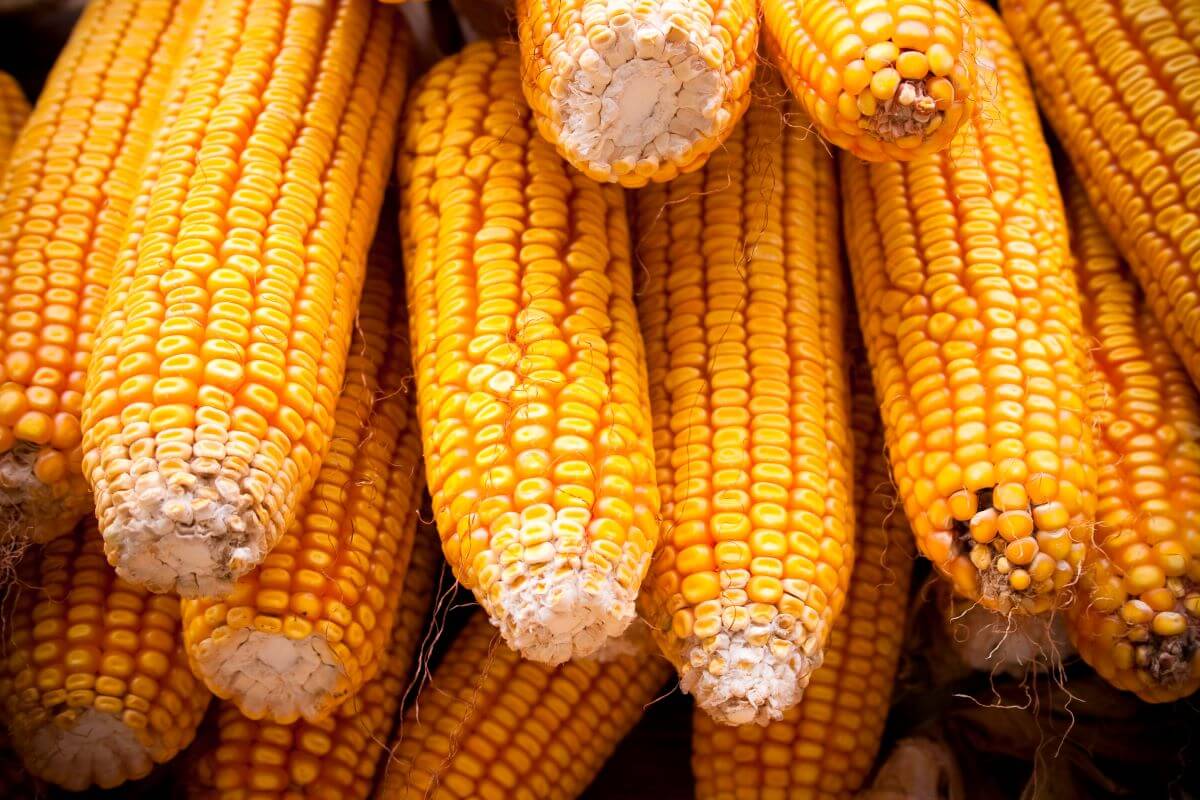
Characterized by the indentations in their kernels, dent or field corns are staple ingredients in creating animal feed and other food products. Usually, dent-type varieties are not consumed fresh, but rather are dried and processed. One thing to keep in mind when planting — dent corns require ample space as the stalks tend to be tall.
| Variety | Description | Plant/Stalk Length | Days to Maturity | Where to Buy |
|---|---|---|---|---|
| Bloody Butcher | Suitable for floor-making, the Bloody Butcher variety is considered an ornamental plant due to its attractive red kernels. | 10 to 12 feet | 110 to 115 days | True Leaf Market, Rare Seeds |
| Boone County White | Developed in Boone County, Indiana, this corn variety is a popular choice for producing corn flakes, corn meal, silage, and stock feed. | 6 to 7 feet | 110 to 120 days | True Leaf Market |
| Eureka Ensilage | This heirloom variety tolerates heat without any adverse effect on its yield and corn ear production. Expect an excellent dent corn harvest for storage. | 11 to 18 feet | 110 to 120 days | True Leaf Market |
| Hickory King White | Able to withstand the heat of the South, Hickory King White has compact husks, which prevent pests like corn worms from destroying the kernels. In Mexican cuisine, this open-pollinated heirloom is used as hominy to make corn meal. | 12 to 13 feet | 115 to 120 days | True Leaf Market |
| Lancaster Sure Crop | Developed in 1910 by Isaac Hershey of Lancaster, Pennsylvania, this heirloom corn can resist plant lodging due to its durable and stable root system. | 10 to 12 feet | 115 to 120 days | True Leaf Market |
| Pencil Cob | Because of its thin (pencil-like) cob, you can enjoy longer and meatier corn kernels from this variety. Pencil Cob is suitable for creaming, frying, and roasting. | 6 to 12 feet | 73 to 100 days | True Leaf Market |
| Silvermine | Silvermine can withstand heat and less desirable soil conditions. This dent corn was developed by J.A. Beagley from Sibley, Illinois in 1890. | 6 to 7 feet | 112 to 115 days | True Leaf Market |
| Truckers Favorite White | Suitable for planting in warm regions, the Truckers Favorite White variety has white corn kernels perfect for frying and grilling. | 8 to 9 feet | 70 to 85 | True Leaf Market |
Popular Varieties of Flint Corns
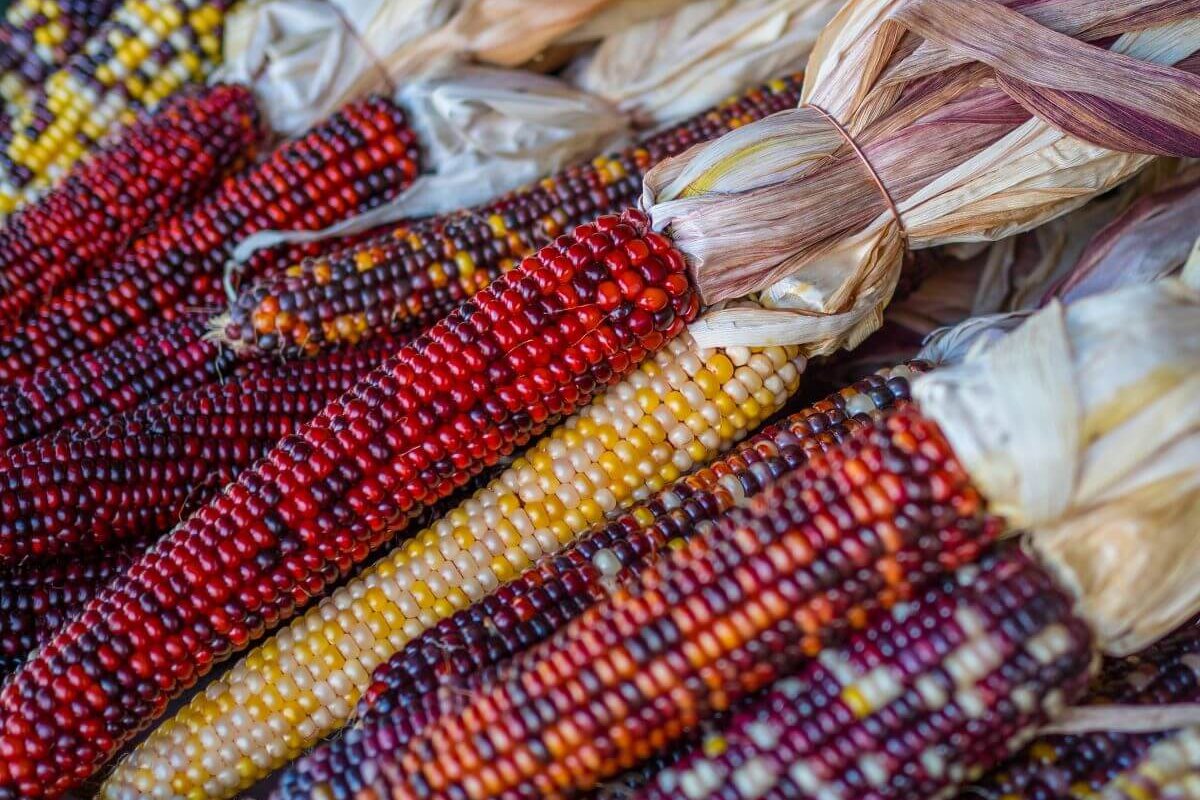
Most people miss out the flavor in flint corn varieties. Flint types are normally used as ornaments during occasions like Halloween and Thanksgiving. However, the hard outer layer of flint shells a soft endosperm packed with great flavor. You can grind flint corn to make traditional masa for crunchy tortilla chips, or throw them in an oven for a quick popcorn treat.
| Variety | Description | Plant/Stalk Length | Days to Maturity | Where to Buy |
|---|---|---|---|---|
| Atomic Orange | Ed Schultz from Bozeman, Montana developed this unique soft flint corn. Kernels from this variety range from bright orange to deep-red in color. | 3 to 5 feet | 60 to 80 days | Rare Seeds |
| Blue Hopi/Hopi Blue | Originally a staple produce of the Hopi people, this variety has blue-colored corn ears, ideal for fresh eating when young. You can dry your Blue Hopi harvest and process it as corn flour. | 5 to 7 feet | 100 to 110 days | Eden Brothers, Territorial Seed Company, True Leaf Market |
| Rainbow | Rainbow is an heirloom variety that produces colorful corn kernels. Hang them as decoration or use the kernels as livestock feed. | 6 to 7 feet | 70 to 75 days | True Leaf Market |
| Sehsapsing Delaware Black Flint | A versatile corn variety, the Sehsapsing Delaware Black Flint has distinctly purple to black kernels in a 7- to 8-inch corn cob. | 6 to 8 feet | 90 to 95 days | Rare Seeds |
Popular Varieties of Flour Corns
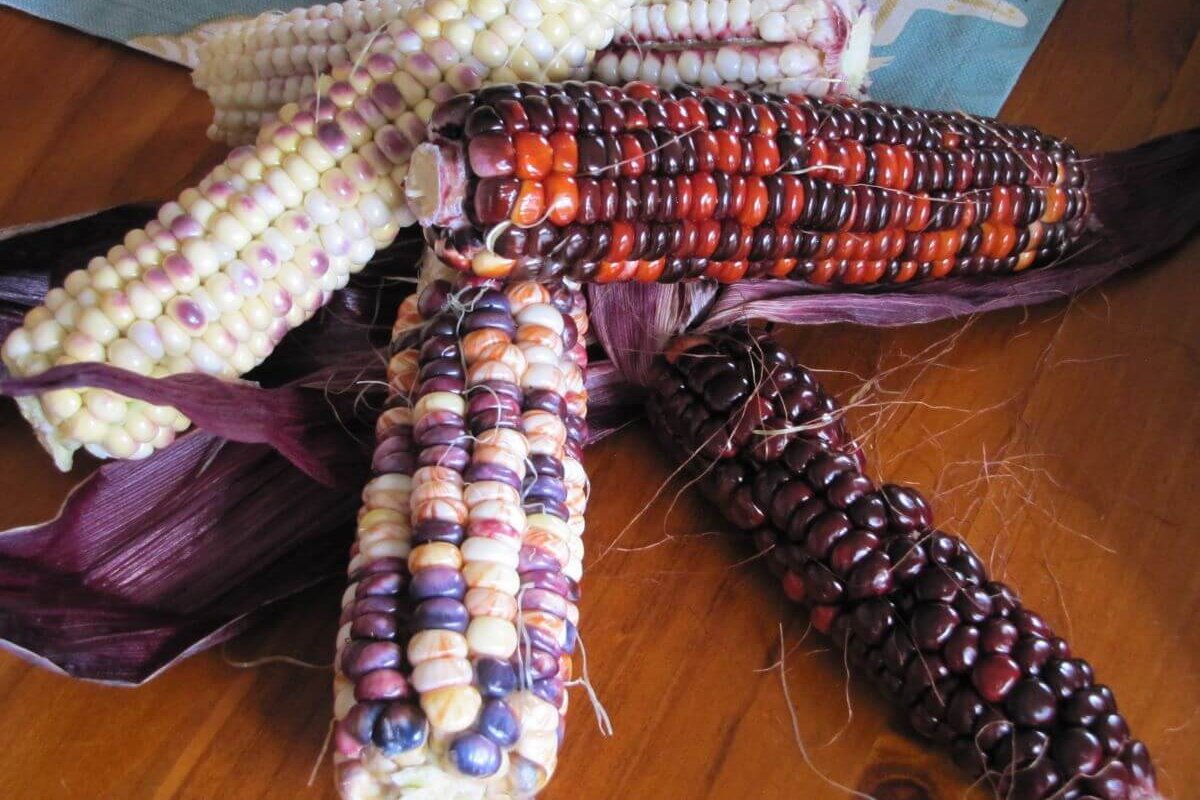
This corn type is the best option if you decide to make flour. Flour-type varieties tend to have higher scratch content, resulting in an easier grind.
| Variety | Description | Plant/Stalk Length | Days to Maturity | Where to Buy |
|---|---|---|---|---|
| Montano Morado Maize | Suitable for areas with short growing seasons, Montano Morado Maize yields deep-purple to black corn kernels. This variety was originally from Peru and developed in the U.S. by Dave Christensen to tolerate the weather in Montana. | 5 to 6 feet | 90 to 110 days | True Leaf Market |
| Painted Mountain | An heirloom variety from the ingenuity of Dave Christensen, Painted Mountain is tolerant to both cold and warm conditions. You can have it boiled or roasted during its milking stage. | 5 feet | 90 to 95 days | True Leaf Market |
Popular Varieties of Popcorn
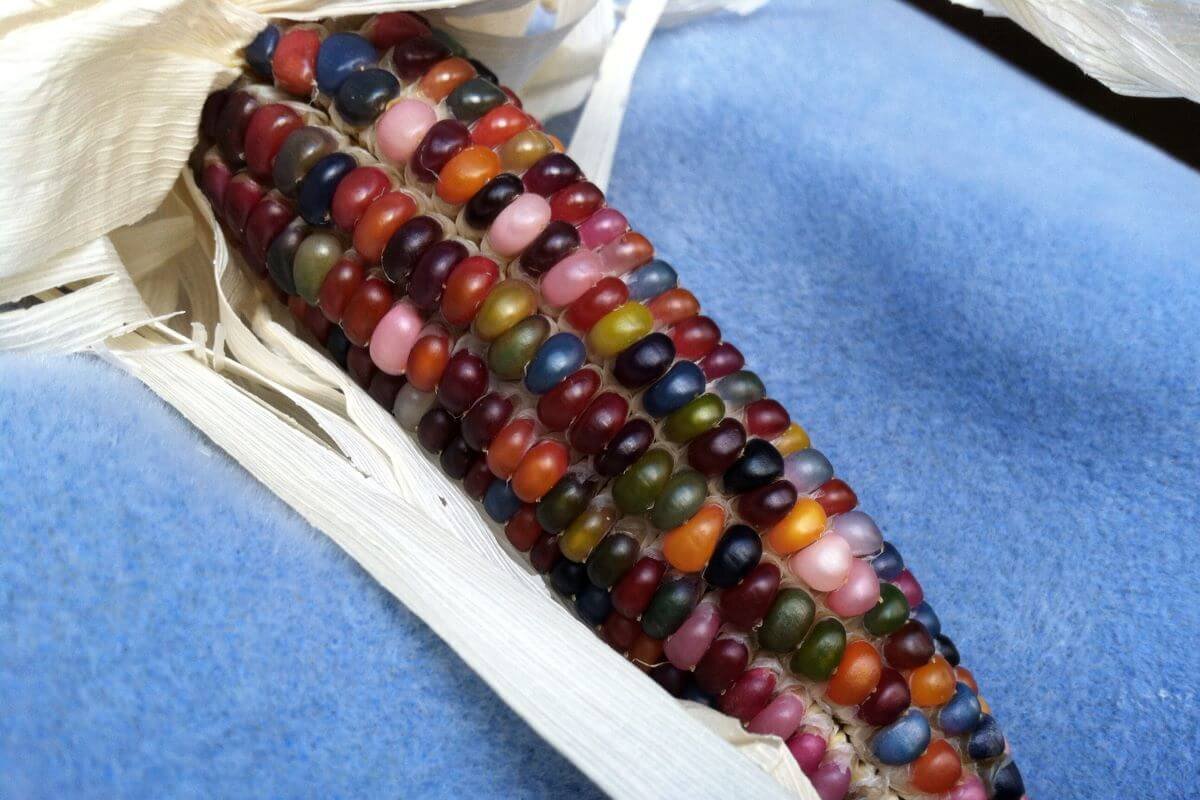
Technically considered a flint-type, popcorn kernels have a translucent appearance and robust texture. Once heated, the kernel’s soft endosperm pops, turning the kernel inside out. Fun fact — more than 230 million North Americans consumed popcorn products in 2020 and this number is projected to continue escalating.
| Variety | Description | Plant/Stalk Length | Days to Maturity | Where to Buy |
|---|---|---|---|---|
| Dakota Black | This packed popcorn variety has eye-catching dark red kernels. At best, the Dakota Black corn ear can grow as long as 5 to 7 inches. | 4 to 6 feet | 95 to 100 days | Territorial Seed Company, Rare Seeds |
| Early Pink | The compact and low plant structure of this corn allows easy picking during harvest. Expect pinkish kernels from this variety. | 5 feet | 85 to 90 days | Territorial Seed Company |
| Glass Gem | Bred in Oklahoma by Carl Barnes, Glass Gem has multicolored corn cobs, ranging from blue, gold, green, orange, pink, purple and red. Under optimal conditions, each plant can produce 3 to 4 corn ears. | 6 to 7 feet | 110 to 120 days | Eden Brothers, Territorial Seed Company, True Leaf Market, Rare Seeds |
| Japanese Hulless | Also known as Australian Hulless, this variety has soft kernels that pop to white popcorn with a great nutty flavor. | 4 to 5 feet | 85 to 90 days | True Leaf Market |
| Miniature Blue | Miniature Blue can be used as ornaments in the kitchen or outdoors. This variety has blue-colored kernels in 2- to 4-inch cobs. You can collect the kernels, dry, and cook them as popcorn. | 6 to 7 feet | 100 to 110 days | True Leaf Market, Rare Seeds |
| Neon Pink | Pinkish kernels from this corn variety offer a milder flavor. Ears of Neon Pink can reach 3 to 4 and a half inches in length. | 3 to 5 feet | 85 to 105 days | True Leaf Market |
| Robust Yellow Hulles Hybrid | The bright yellow kernels of the Robust Yellow Hulles Hybrid pop easily due to their thin hull. | 6 to 7 feet | 110 to 115 days | True Leaf Market |
| Strawberry Popcorn | This corn variety yields short corn ears with stunning, red nutty kernels. | 4 feet | 95 to 100 days | Eden Brothers, Rare Seeds |
Popular Varieties of Sweet Corn
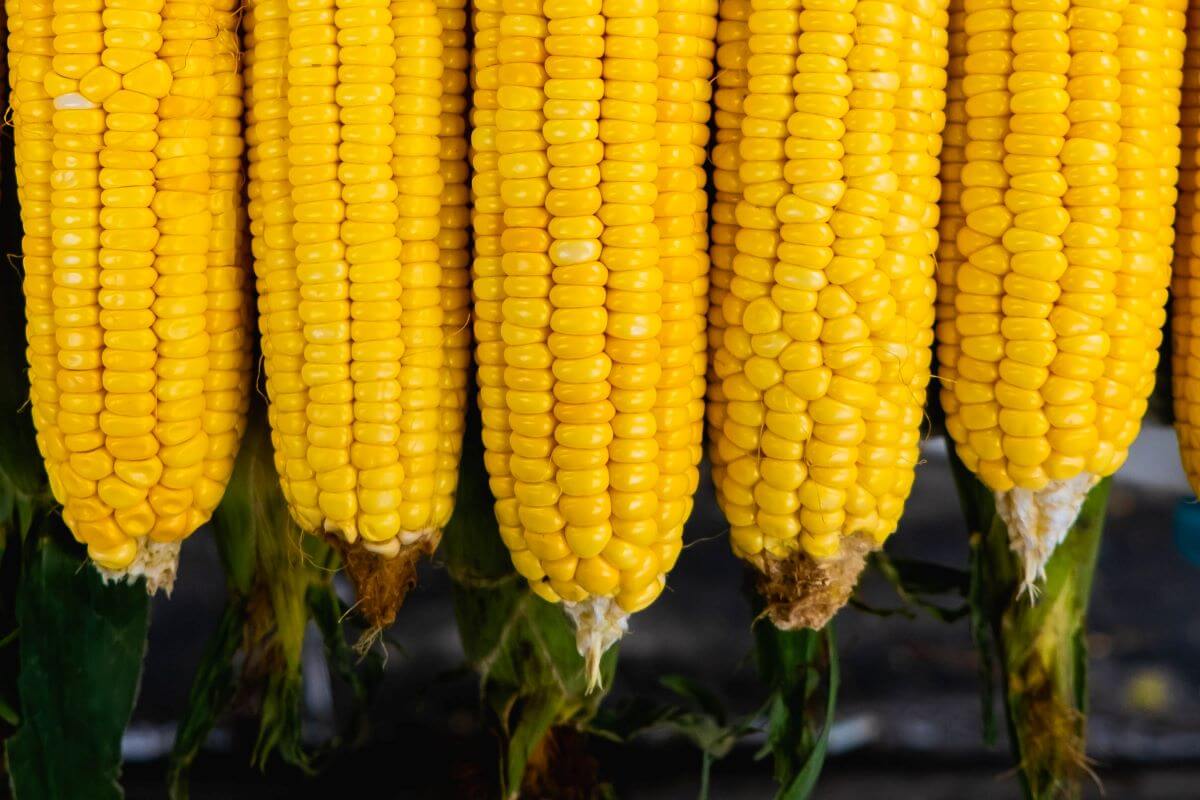
Commercially available in grocery stores and farmers markets, sweet corn has more sugar content compared to other types. If you’ve ever enjoyed corn on the cob, it is most likely a sweet corn.
| Variety | Description | Plant/Stalk Length | Days to Maturity | Where to Buy |
|---|---|---|---|---|
| Ambrosia Hybrid | Ambrosia corn is a high-producing hybrid resistant to Northern corn leaf blight and Stewart’s wilt. | 7 to 8 feet | 80 to 90 days | True Leaf Market |
| Bodacious Hybrid | Enjoy 8-inch cobs from this impressive variety. Bodacious Hybrid is highly resistant to maize dwarf mosaic virus, Northern corn leaf blight, and rust. In addition, it has intermediate resistance to Stewart’s wilt. | 6 to 7 feet | 80 to 90 days | Eden Brothers, Territorial Seed Company, True Leaf Market |
| Country Gentleman | Also known as Shoepeg, the Country Gentleman variety has noticeably packed pale kernels, arranged roughly in an ear of 7 to 8 inches. | 6 to 7 feet | 90 to 95 days | True Leaf Market |
| Early Sunglow Hybrid | Tasting like old-fashioned corn, the Early Sunglow Hybrid variety has bright yellow kernels in 7-inch ears that form as early as 60 days after sowing. | 4 feet | 60 to 65 days | True Leaf Market |
| Golden Bantam 12 | Twelve rows of golden kernels in hardy corn ears, reaching 5 to 6 inches long. This corn variety is suitable for canning and freezing purposes. | 5 to 6 feet | 85 to 90 days | Territorial Seed Company, True Leaf Market, Rare Seeds |
| Kandy Korn | Kandy Korn is a hybrid variety with intermediate resistance towards Stewart’s wilt. | 7 to 8 feet | 80 to 90 days | Territorial Seed Company, True Leaf Market |
| Peaches and Cream Hybrid | This bicolored early variety is resistant to Northern, and Southern corn leaf blight. | 6 to 7 feet | 80 to 90 days | True Leaf Market |
| Serendipity Hybrid | Impervious to Southern corn leaf blight, the Serendipity Hybrid variety can produce 18 rows of bicolored corn kernels that are extremely crisp and sweet. | 6 to 7 feet | 80 to 85 days | True Leaf Market |
| Silver Queen | Popular among farmers and gardeners in the US, Silver Queen can repel common rust. It has intermediate resistance to Southern corn leaf blight. | 8 to 9 feet | 85 to 90 days | Eden Brothers, Territorial Seed Company, True Leaf Market |
| Stowell’s Evergreen | Enjoy creamy kernels from this trusted variety dating back in the mid-1800s. Bred by Nathan Stowell, Evergreen offers 16 to 18 rows of delectable sweet corn. | 8 to 10 feet | 80 to 100 days | Eden Brothers, Territorial Seed Company |
FAQ About Types of Corn
Which corn type is suitable for roasting?
Among different types of corn, sweet corn varieties are great for roasting due to their higher sugar content. When cooked, kernels of this type caramelize, adding more depth and flavor. You can roast them with other food ingredients like dairy, oil, and herbs. Consider super-sweet varieties like Damaun, Ignition, Mirai 421 Hybrid, and Supersweet Jubilee.
What is the most commonly grown corn in the United States?
Den or field corn takes about 99% of the land dedicated for corn or maize production. This type is usually used in cornstarch, feed production, and industrial products like ethanol and plastic.


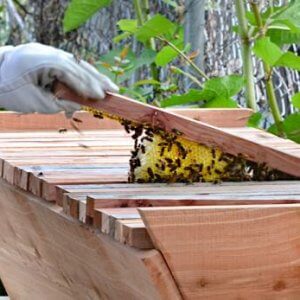




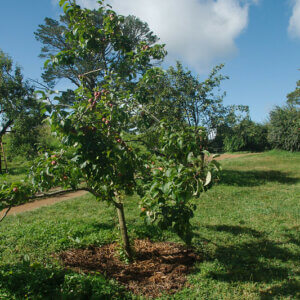



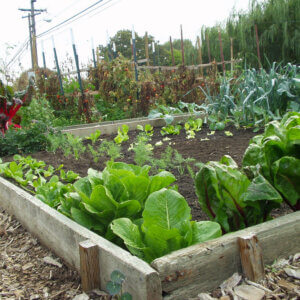


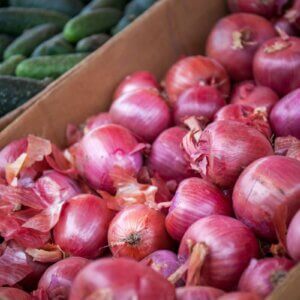







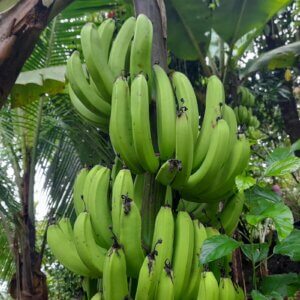
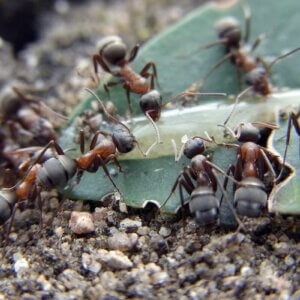
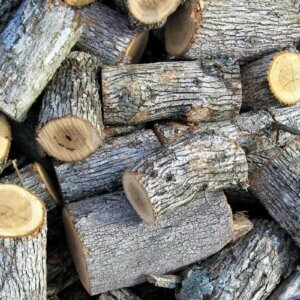

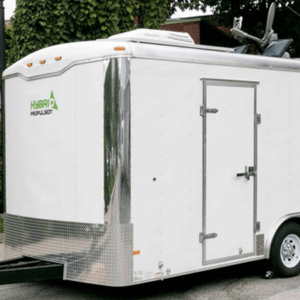

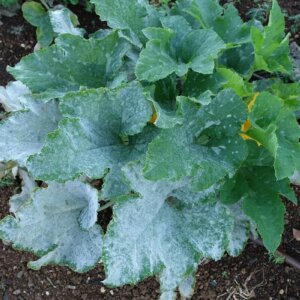


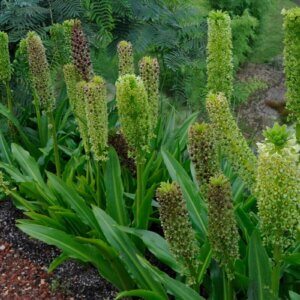
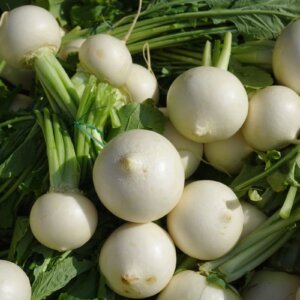


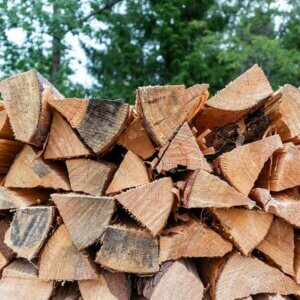
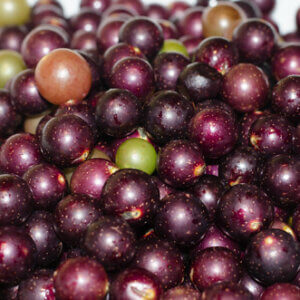



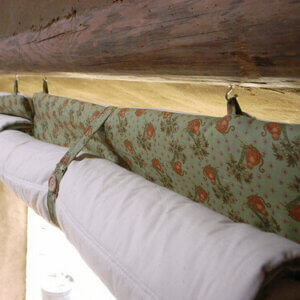

Leave a Reply